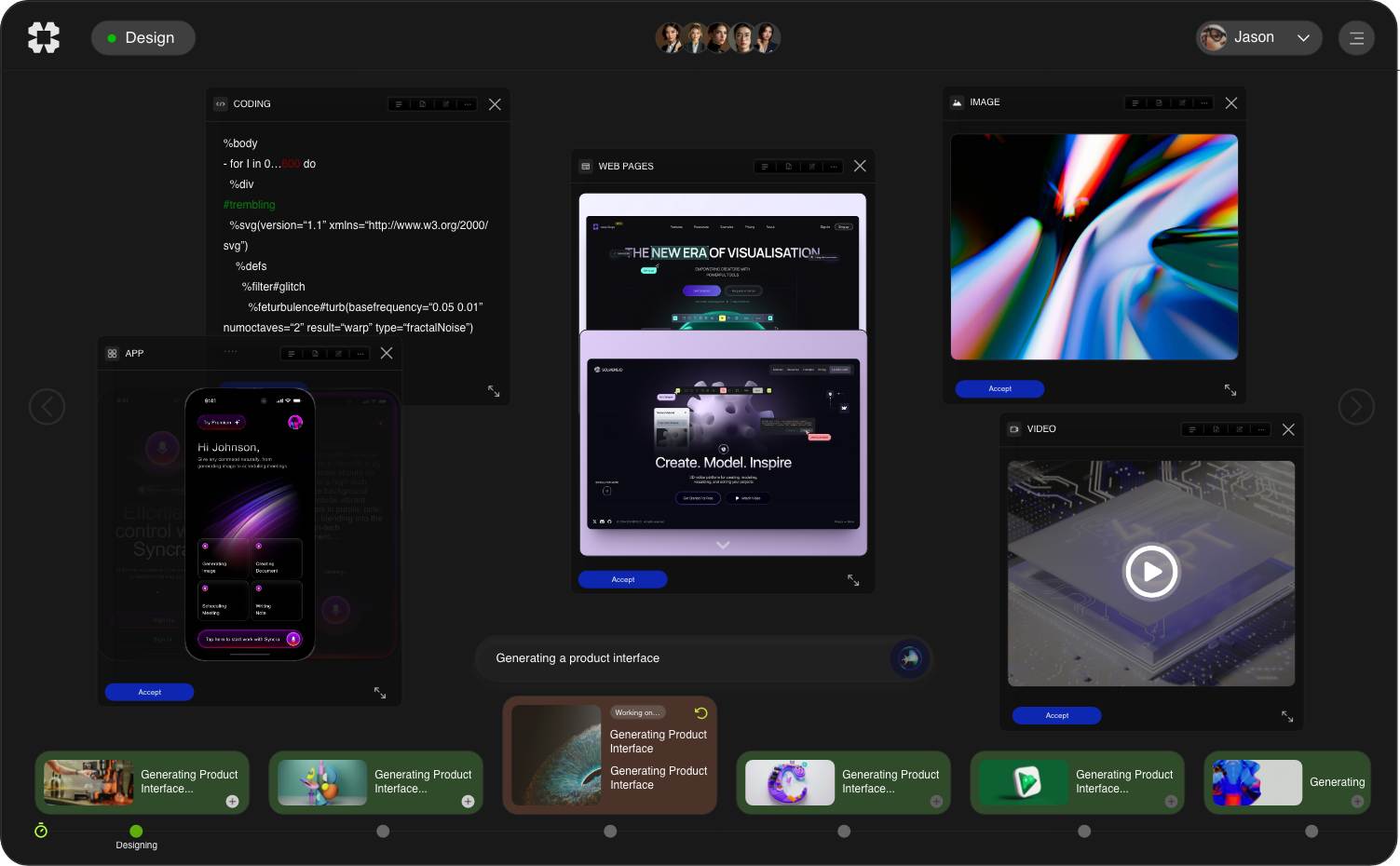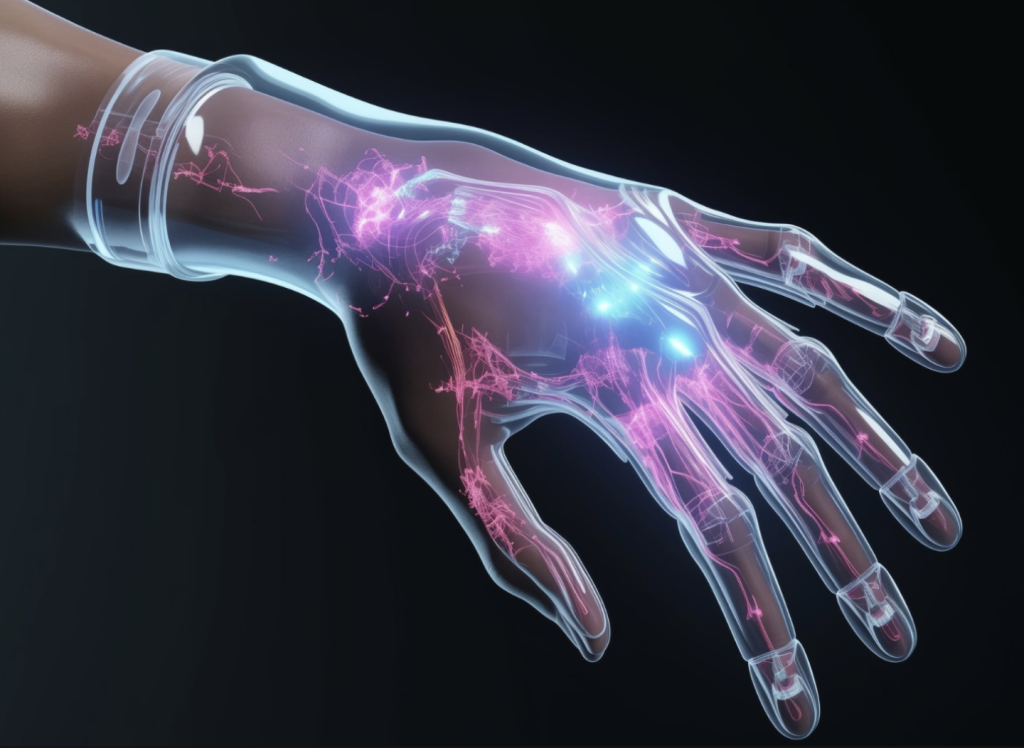In today’s data-driven world, leveraging technology to enhance business operations has become crucial. Various tools and techniques can help organizations collect data, understand customer behaviors, and anticipate sales trends. This article will delve into three key areas: Automated Data Collection, AI in Customer Journey Mapping, and AI in Sales Forecasting, highlighting the latest trends, solutions, technical insights, and practical applications that businesses can adopt.
.
**Automated Data Collection: The Backbone of Modern Business Intelligence**
Automated Data Collection refers to the processes and technologies that enable organizations to gather data from various sources without manual intervention. This capability is fundamental in generating insights, driving decisions, and optimizing operations. With the explosion of data in recent years, businesses face challenges in managing and deriving value from this information.
Automation technologies such as IoT devices, APIs, and web scraping tools have revolutionized data collection methods. According to a recent report by Statista, the global market for IoT devices is projected to reach 75.44 billion units by 2025, significantly boosting the volume of data collected. This vast amount of data, combined with AI and machine learning algorithms, allows for more accurate and real-time data analysis, which is invaluable for decision-making processes.
However, organizations must ensure that their data collection methods comply with regulations such as GDPR or CCPA, which govern data privacy. Tools that automate compliance checks can help businesses maintain their ethical responsibilities while maximizing their marketing efforts.
.
**Trends in Automated Data Collection**
Several trends in Automated Data Collection have emerged, making it an exciting and evolving field. Firstly, the adoption of cloud storage solutions is growing rapidly, leading to improved data accessibility and security. A report from Forbes indicates that 93% of enterprises have adopted a multi-cloud strategy, helping them to manage and analyze collected data with greater efficiency.
Another growing trend is the use of machine learning algorithms that can filter and categorize data in real-time. This innovation allows organizations to focus on high-quality data and discard irrelevant information, ultimately saving time and resources.
.
**AI in Customer Journey Mapping: Tailoring Experiences for Maximum Engagement**
Customer Journey Mapping is a key strategy that allows businesses to visualize and understand the entire experience a customer has with their brand, from initial awareness to post-purchase. AI has been increasingly integrated into this process, enabling companies to create more personalized and effective marketing approaches.
With AI, organizations can analyze vast amounts of data on customer interactions, preferences, and behaviors across multiple channels. This analysis allows businesses to identify pain points in the customer journey and develop targeted strategies to address them. According to a study from McKinsey, companies that effectively personalize customer interactions can see revenue increases of 10% to 30%.
Integrating AI tools into Customer Journey Mapping allows companies to create dynamic, real-time adjustments to their marketing strategies, enhancing customer satisfaction and loyalty. For instance, tools like Adobe Experience Cloud and Salesforce Einstein employ AI algorithms to provide insights that help businesses tailor their messages based on a customer’s current stage in the journey.
.
**Technical Insights on AI in Customer Journey Mapping**
Utilizing machine learning and predictive analytics is key to improving Customer Journey Mapping. Machine learning models can analyze data patterns, predicting future behavior based on past interactions. This predictive capability aids marketers in creating proactive strategies rather than reactive ones.
Natural language processing (NLP) is another vital component of AI in this domain. By analyzing customer sentiment through social media channels, reviews, and surveys, organizations can gain insights into customers’ feelings about their brand at different stages of the journey. This information allows businesses to tailor their approaches and foster positive experiences.
.
**Industry Applications: Real-World Examples**
Various industries have successfully implemented AI in Customer Journey Mapping. In the retail sector, companies like Amazon use AI algorithms to analyze shopping behavior, offering personalized product recommendations that drive sales. By connecting user actions across different platforms, they have transformed the shopping experience, significantly impacting customer retention and satisfaction.
In the travel industry, airlines like Delta leverage AI to predict customer preferences. By analyzing data from previous bookings, flight history, and customer feedback, Delta tailors their marketing and customer service initiatives, ensuring a seamless journey from booking to arrival.
.
**AI in Sales Forecasting: Predicting the Future for Business Growth**
Sales Forecasting is another area where AI has made significant inroads. Accurate sales forecasting can provide businesses with a competitive advantage, helping them allocate resources efficiently and streamline their operations. Using AI in this context allows organizations to analyze data sets far larger and more complex than traditional forecasting methods can handle.
AI algorithms can consider various factors, including historical sales data, market trends, seasonal variations, and even social media sentiment to predict future sales trends. By improving forecasting accuracy, businesses can reduce excess inventory costs and enhance customer satisfaction through timely product availability.
According to a survey conducted by McKinsey, companies that incorporate AI into their sales forecasting can see an increase in forecast accuracy by up to 15%. Improved accuracy translates into better strategic planning and resource allocation, empowering organizations to make data-driven decisions.
.
**Trends and Solutions in AI Sales Forecasting**
State-of-the-art AI-driven forecasting solutions are continually evolving. Technologies like time-series analysis and deep learning models allow for more nuanced and precise predictions. Solutions such as Salesforce’s Einstein Analytics and Oracle’s AI-based forecasting tools are becoming commonplace in many organizations, enabling businesses to gain insights that were previously unattainable with traditional methods.
Another trend is the integration of AI with CRM (Customer Relationship Management) systems. This integration helps drive a better understanding of customer behavior and market conditions, ultimately leading to more accurate sales forecasts.
.
**Technical Insights on AI in Sales Forecasting**
AI technologies such as machine learning and neural networks play a crucial role in enhancing the accuracy of sales forecasting. Machine learning algorithms can learn from historical data, adjusting predictions based on new inputs and events, enabling businesses to remain agile in a rapidly changing market.
Moreover, advanced analytics tools can visualize data trends and patterns, helping teams make informed decisions quickly. These tools allow for scenario analysis, where businesses can predict sales under various market conditions.
.
**Conclusion: Embracing the Future of Technology in Business**
As the business landscape becomes increasingly competitive, the adoption of Automated Data Collection, AI in Customer Journey Mapping, and AI in Sales Forecasting is no longer optional; it is essential. Companies that leverage these technologies can gain a competitive edge, maximizing efficiency, optimizing customer experiences, and enhancing business growth.
While implementing these technologies presents challenges, the potential rewards are significant. Organizations should prioritize investing in the necessary tools and training their teams to utilize these technologies effectively. The business of the future will be powered by data, and those who harness the full potential of automated data collection and AI will thrive in this new landscape.
Sources:
1. Statista – Internet of Things (IoT) Devices Forecast
2. Forbes – Multi-Cloud Strategies in Enterprises
3. McKinsey – Personalization at Scale
4. McKinsey – AI and Sales Forecasting.

























